Productive people make things happen.
Procrastinators make good excuses.
“Productivity is never an accident. It is always the result of a commitment to excellence, intelligent planning, and focused effort.” – Paul Meyer
Deadline. The very name sounds menacing and morbid.
Many procrastinators can only finish their work under mortal threat.
Knowing they will be completely screwed if they don’t buckle down and get to work is often the environment they require to buckle down and get to work.
The best way to beat procrastination is to get productive.
Here is a 3-step formula you can use right now:
- Identify your procrastination type
- Decide on a habit to ward off your procrastination
- Construct the ideal productive environment where you work
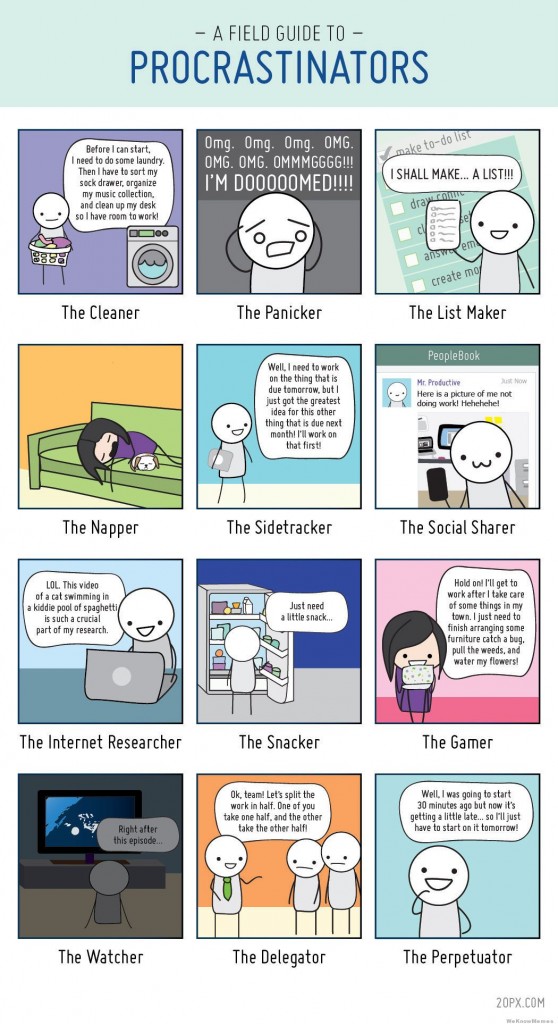
Comic via 20px.com
If you are a Napper, whenever you catch yourself procrastinating, drink a shot of espresso.
If you are an Internet Researcher, when it is project time, go into Full Screen mode and set a timer.
Watchers? Reward yourself with a show after you complete you project.
Every productive person has a procrastinator inside that they have learned how to tame. When you’ve got a project deadline, and you need to tame your inner procrastinator, here are the top 5 productivity tools I used to learn how to stop procrastinating.
1 – The GTD System
‘Getting Things Done‘ is a productivity system (and NYT bestselling book) by David Allen. The GTD system relies on a handful of guidelines:
- If it takes less than 2 minutes, do it right now.
- If it takes longer, delegate it, defer it, or delete it. Right now.
- Put everything into an Inbox.
- Sort your inbox every week, and review every list.
There are plenty of GTD-inspired apps that help you plan and prioritize your stuff. I’ve been using Things by Cultured Code for a couple of years, and it’s incredible. Whenever I have a random idea (don’t forget to get milk from the store, add a $500 service into that proposal going out tomorrow, schedule a meditation break on the New Moon) I enter it into my GTD system, so that I don’t have to think about it.
See, if you are trying to rely on your brain to remember “I need to get milk, I need to get milk,” all day throughout your day, you are not able to fully focus on the task in front of you. It’s an inefficient use of your brain.
However, if you know that your system takes care of your thinking and remembering for you, then you can be much more efficient in your thinking, planning, and acting.
If you’re not on a Mac, try Wunderlist. It’s got drag and drop list sorting, and you can drag things into different projects, attach files, schedule dates, and more.
2 – Focus@Will
You’ve got the time blocked out on your calendar. The coffee at your elbow is piping hot. The phone is off the hook. The blank page sits before you.
And that car alarm in the distance…it’s preventing the Zen state that gives birth to your creativity.
Invest in a pair of good headphones. Go to www.focusatwill.com, select your intensity level (low, medium, or high), and select the type of music – classical, chill, up tempo, etc.
I have found this to be an incredible assistant when I want to crank out a lot of work without any distractions. The Focus@Will app gently scales up the music intensity, and gives you a gentle descent into normal waking thought. It’s brilliant – a DJ for your mindset. (Tip o’ the hat to Sean Ogle for introducing me to my new favorite productivity tool.)
3 – Coffee
There is scientific proof that Coffee is responsible for the Enlightenment and the Renaissance.
[youtube]OTVE5iPMKLg[/youtube]
As CGP Grey explains in one of his witty, short and entertaining tutorials, coffee has virtually no harmful side effects, and its benefits to productivity are enormous. (If you like bite-sized cleverness, subscribe to his channel – and watch his explanations of the UK and runoff voting)
When a culture changes from hard alcohol to coffee as their standard beverage of choice, you leave the Dark Ages and go into the Renaissance. This is a good formula – let’s stick with it.
Coffee in the morning increases your concentration, decreases fatigue, and gives you a better memory.
Also, it must be noted, a large glass of water taken immediately after waking up has a similar effect, lubricating your joints and helping you transition from grogginess into wakefulness with much more ease. A side-effect of coffee is dehydration, so drink a glass of water for every cup of coffee, and you win mental and physiological points.
4 – Exercise Breaks
We need regular periods of activity in order to keep our circulatory system healthy. The brain needs a steady flow of oxygen in order to do good work, and oxygen is delivered by the same circulatory system that we all too often neglect.
I’m a pretty fit guy, but if I don’t schedule short exercise breaks into my day, three weeks will go by where I don’t even break a sweat; except for those daddy time shenanigans when I have three of my little minions crawling onto – and jumping off of – my body for twenty minutes at a time, that is.
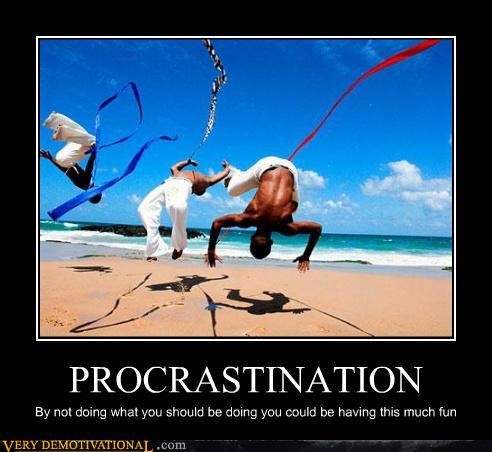
You can schedule in a short workout into your day whenever you have a fifteen minute break. You will come back to work refreshed, alert, and ready for another 90 minute push.
5 – 90 Minute Blocks of Working Time
There are plenty of scientific assertions about the proper length of focus time, and how to alternate with the proper length of rest. I’ve been using Buffer’s recommended 90/20 rule this year to great effect.
This is the framework that helps me schedule my day. I can fit in 3-5 solid 90 minute blocks of productivity, depending on my appointments and the unpredictable demands of life.
I spend each 20 minute break either surfing the web, juggling, walking, or chatting, and then, I put on my headphones, turn on Focus@Will, and get working for another 90 minutes.
My procrastination type: I am a Snacker.
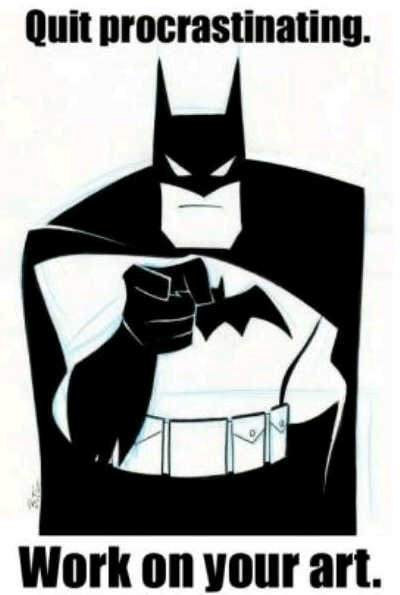
To combat this tendency, I keep a bowl of peanuts next to me while I work. As my mind wanders and I get hungry, I throw peanuts into my mouth instead of wandering into the kitchen (if I’m at home) or up to the counter (if I’m at a cafe) to find something to eat.
Prepare yourself against your tendency! Set yourself up for success, and you can get lots of things done.
(All the meme surfing I engaged in during the composition of this article totally counts as productivity, btw.)
What is your procrastination type? Leave a comment and tell me how you handle it.
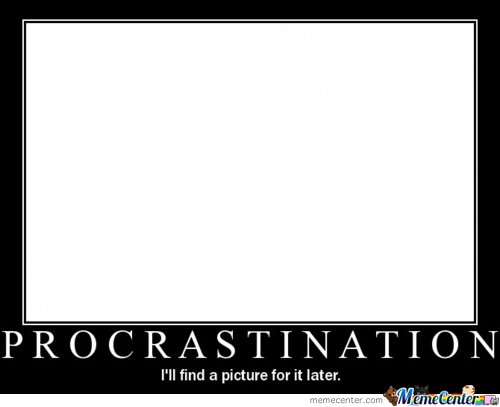
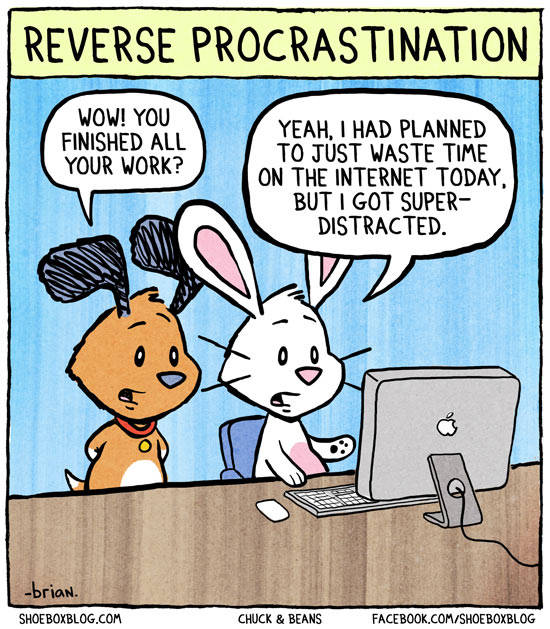

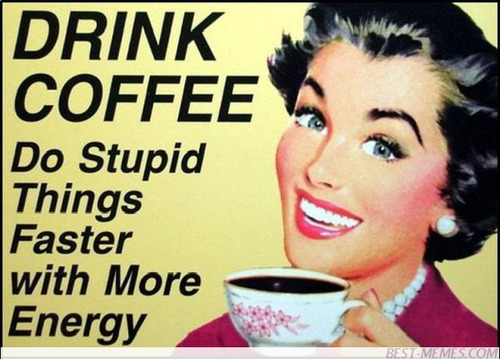
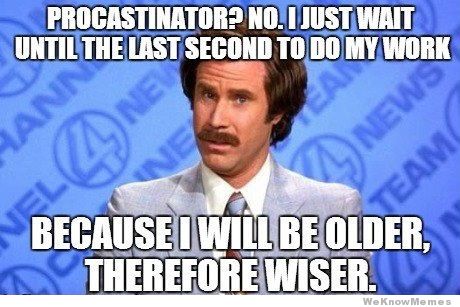
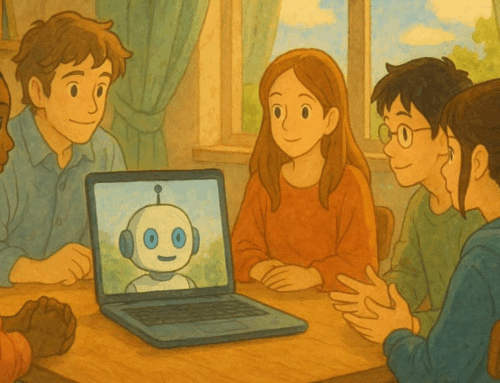
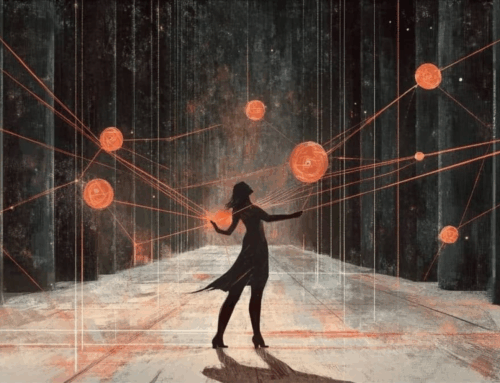
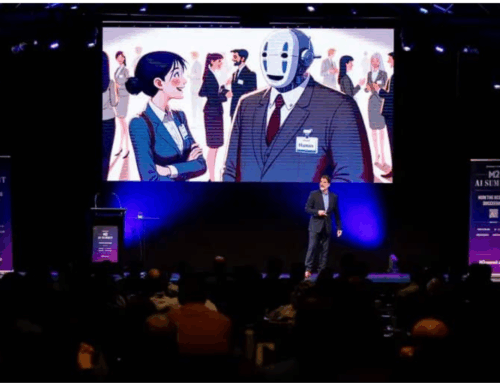

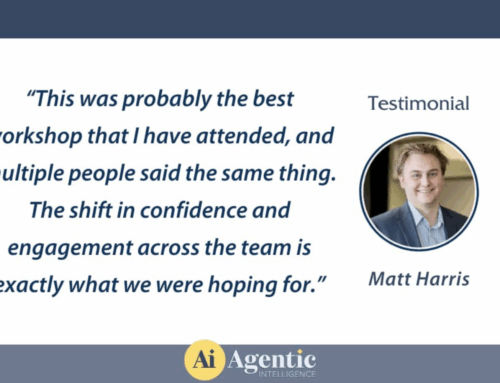
Uh oh! I’m a list making, sidetrack taking, social sharer. The GTD system sounds interesting. I like that exercise breaks are a part of it. I start everyday with exercise, but I love taking a sweat break in the afternoon too. Now I can do it guilt-free!
It’s funny, the guilt we feel for taking a rejuvenation break for ourselves.
I think it’s the worker bee part of us, that thinks of any time spent doing something other than churning out work as un-productive time.
But after every one of these breaks, we come back alert and more efficient. Put an exercise break on your list, and you’ll get more done!
And be happier. So why not swat the bee in your brain.
“Every productive person has a procrastinator inside that they have learned how to tame.” So true. Also, it is during the weak moments of our lives, those times when we are most distracted, that procrastination will rear it’s ugly head.
Also, check out thebrain.com. The Brain Software is also great for keeping track of those random thoughts and returning to them after you have completed your most pressing tasks. Awesome for nonlinear thinkers.
Taming our lesser selves is something we learn best through exercise. In those moments of exhaustion, when your will is battling against your laziness, we can look it full in the face: am I ruled by my lower side, or by my higher side?
I’m going to check out The Brain – looks cool!
Also self-employed, my boss can be pretty lax, and allow all the twists and turns of my “artistic” nature. I wish she was better at structuring my time!
Honestly, Jenny, you have to allow yourself unstructured time, as well. You need to get things done, sure, but as an artist, you also need dedicated unstructured play time. That is where you do your most meaningful work. Being productive with administrative tasks – that’s useful, but secondary.
[…] Finally I’m going to leave you with this brilliant article about How to Beat Procrastination. […]